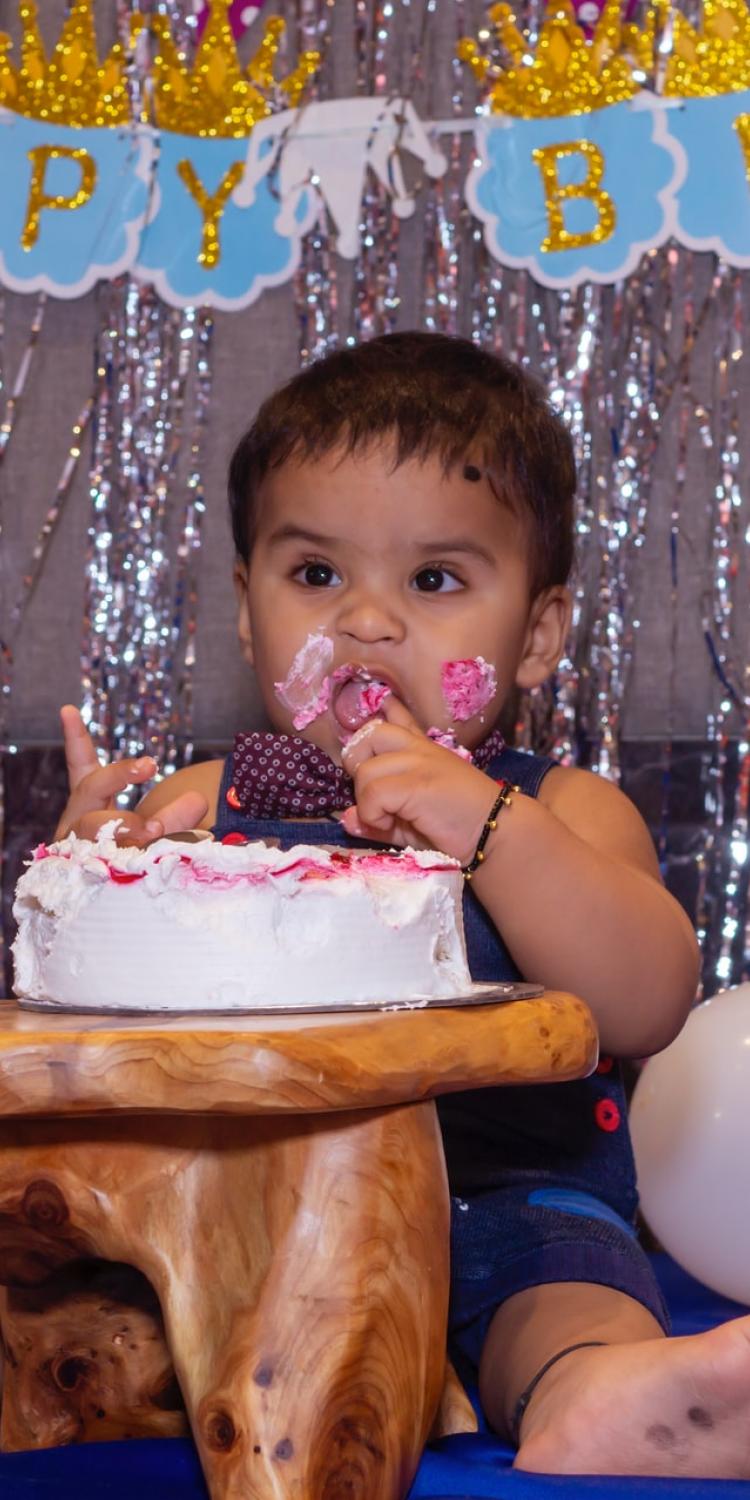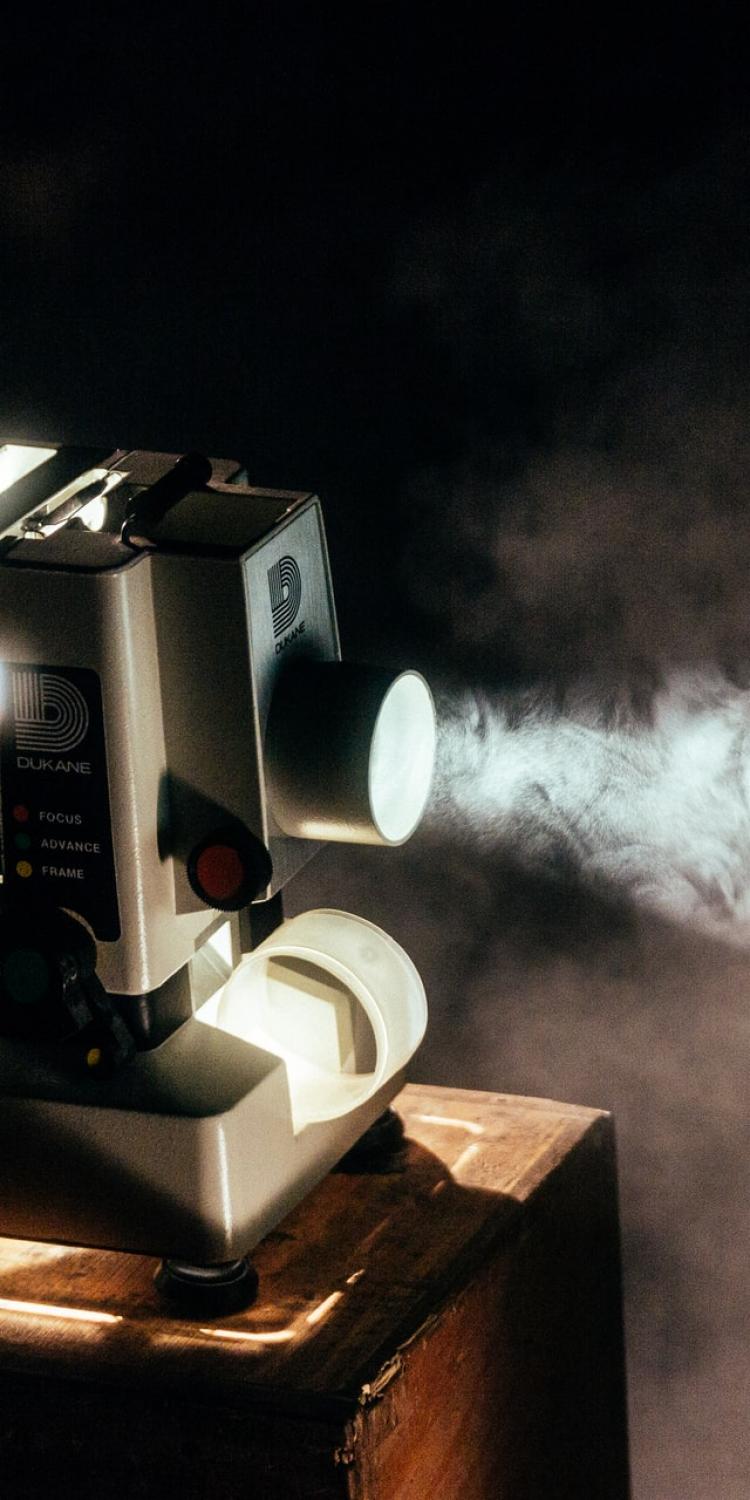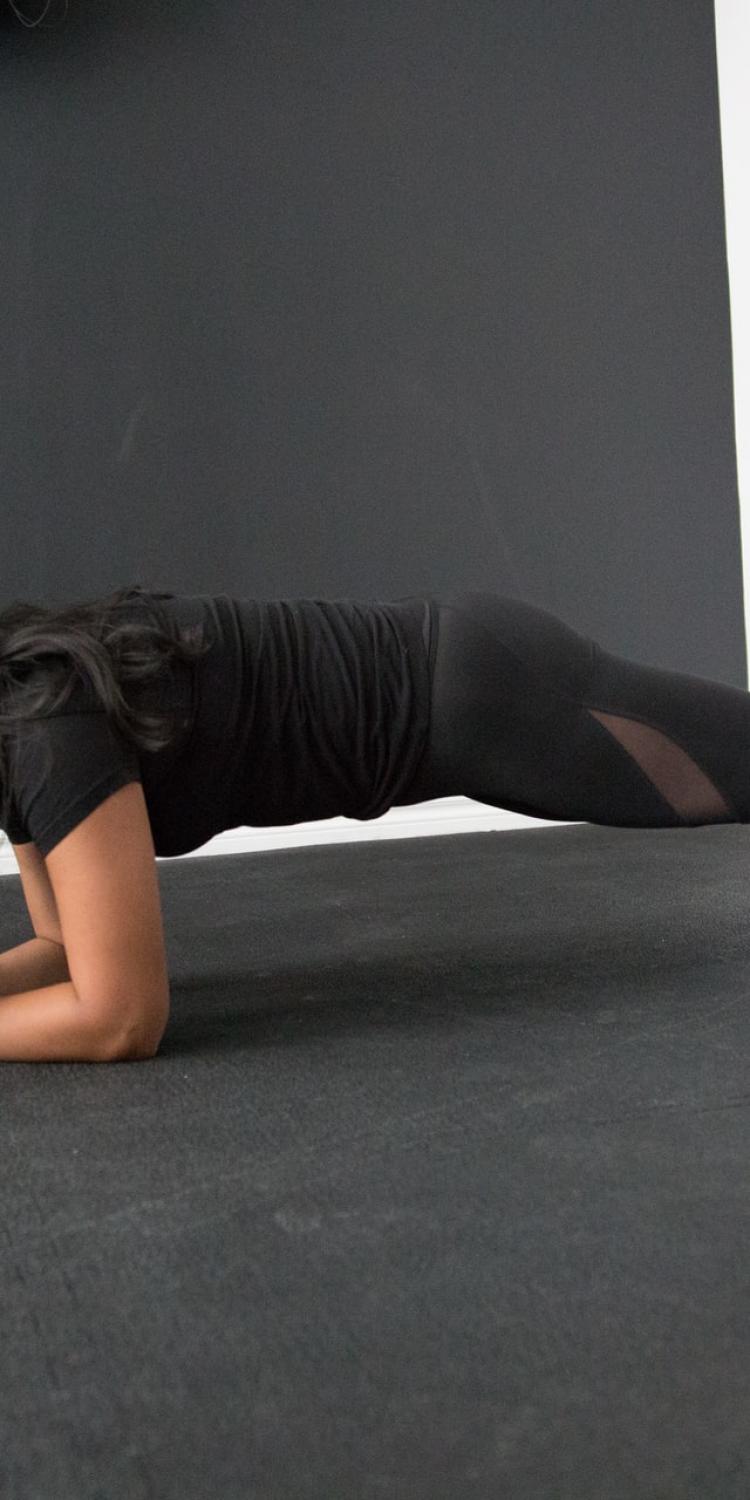Kids Believe Almost Anything
This post contains references to products from one or more of our advertisers. We may receive compensation when you click on links to those products. Terms apply to the offers listed on this page. For an explanation of our Advertising Policy, visit this page.
Be careful what your kids see as they’ll believe most anything.
Kids spend many years coming to learn all about the world and how it works. When they are born, they know nothing about what they’re coming into, and over time they slowly learn about the world around them. As kids grow past the toddler phase and move into school, their learning picks up in book knowledge, but it will still be many years before they have gained sufficient knowledge to really go out and be independent. As your child grows, it’s important to teach them how to critically think through any situation they encounter.
Kids often do not know the difference between reality and fantasy. They believe in things such as Santa Claus and the Tooth Fairy because you have told them they are real. They will often not be able to recognize that things on television aren’t real. Those shows with cartoon characters seem very real to them in their mind - this may be the case until your child is quite a bit older as well. They may simply believe that those characters are real.
It’s pretty incredible what can be done with computers these days and making a video or show with believable characters and graphics isn’t totally difficult to accomplish. If your child sees something in a show, they’re likely to believe it’s real as they don’t have the knowledge yet that these things can be made to look real. Teaching your child about how things are real vs not is an important part of being a parent. Help them to understand that some things are just for entertainment.
As your child moves into adulthood, it’s important that they be able to competently use their head to distinguish between what is real and what is not real. There are people that create videos and write articles that are completely fabricated - these are known as “fake news,” and if you browse social media, you’ll often be presented with completely opposite viewpoints on the exact same subject. You need to be able to competently use the knowledge you’ve gained over the years to figure out what is real and what isn’t.
Learning to know what is real and what isn’t starts with your child as they begin reading and watching TV. They see their favorite character come to life on the screen and they’re going to believe that this person actually exists. While you want your child to be mature enough before you may totally bust their bubble, begin teaching them early on that these characters are fun and it’s great to look up to them, but they aren’t real - there’s not an actual flying superhero that goes around saving the world.
This is also important as your child begins to learn about scary things in the world as well. While your child may not see scary things at home on the TV, their friends may. Children get scared easily, and if they can distinguish what’s real and what’s not, then they’ll be scared that there’s something evil out there trying to get them. Whether it be an evil clown, an evil spirit, or some other killer, they need to be able to comprehend that these scare things have been made up simply to scare people.
Teaching your kids to critically think about the things that they see and read is going to take time - there will be times that they believe something that isn’t real. Teach your child to come to you if they’re ever unsure. Help them to work through why something isn’t real - have they ever seen it in real life? How could it be real if it is? What would it take to make something like that? Help them to ask the right questions, and as they get old enough to research on the computer help them to find the answers.
Ultimately, kids will believe most anything. Teach them how to critically think and work through an issue so that they can learn what’s real in this world and what’s not. Be there to guide them along the way.





